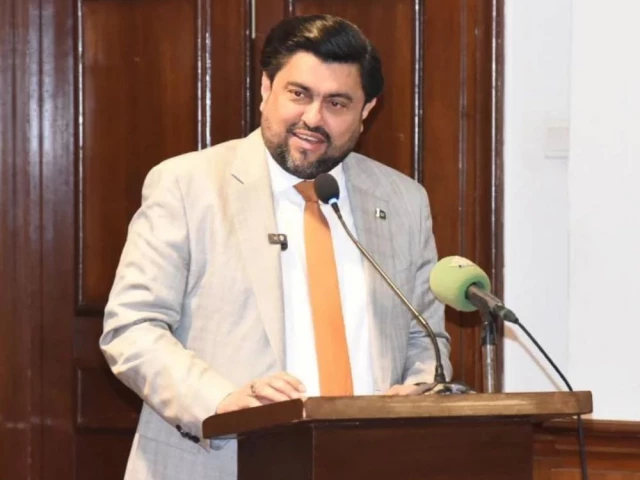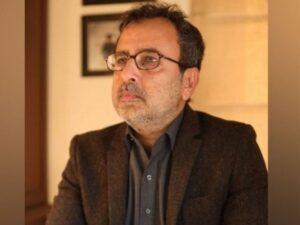Governor Tessori called for rapid approval of the grant, emphasizing the importance of rapid intervention to address the city’s long-standing infrastructure challenges. PHOTO: GOVERNOR’S FB PAGE
LAHORE:
The Pakistan People’s Party (PPP) has demanded the removal of Sindh Governor Kamran Khan Tessori to implement the governorship formula agreed before the formation of the current government, while denying the existence of any mid-term formula for Balochistan.
Speaking to The Express PK Press Club, Sindh government spokesperson MPA Sadia Javeed said the formula agreed with the PPP before the government was formed stipulated that two governors would be from the PPP and two from the PML-N.
She added that the PPP had indeed received its share, but in Sindh, the PML-N was yet to nominate its governor. She noted that the present governor, an MQM candidate, despite holding a constitutional position, attended a press conference organized by MQM leaders against the PPP.
When asked why it was a problem for her party if the PML-N had qualms with an MQM governor, she said the governor was participating in political events against her party.
Sadia also denied the existence of any mid-term formula in Balochistan, as suggested by a PML-N senator.
She said Balochistan Chief Minister Sardar Sarfraz Khan Bugti’s government was “not going anywhere” and there was no threat to the Balochistan Assembly.
She added that she had not heard of any 2.5-year tenure formula under which PML-N would get the remaining mandate in Balochistan. This comes after PML-N Senator Mir Dostain Khan Domki reportedly claimed the day before that the PPP and PML-N had agreed to change the chief minister according to a mid-term formula.
Earlier, responding to a press conference of the MQM leadership, Sadia said the party should focus on strengthening the local government system rather than targeting PPPs.
She said Sindh currently has “the most empowered and constitutionally strongest local government system in all of Pakistan”.
Sadia added that while the MQM admired the Punjab model, “where there is no mayoral institution to begin with”, it should openly acknowledge this reality.




